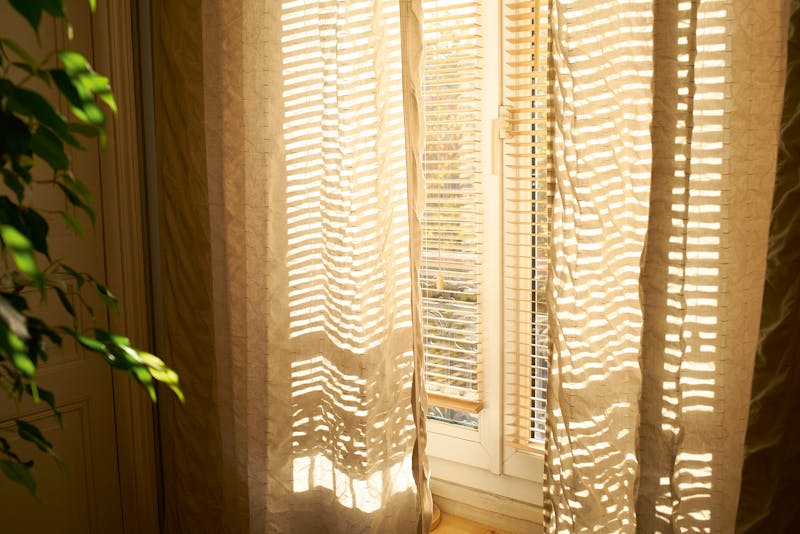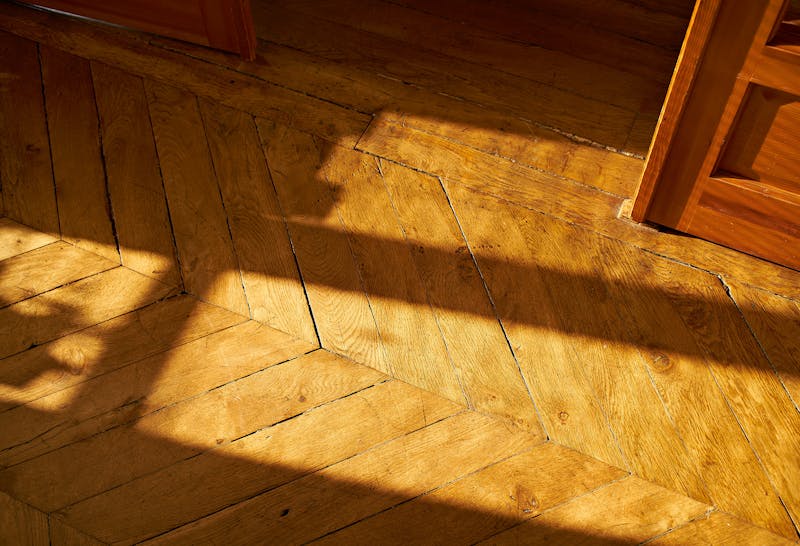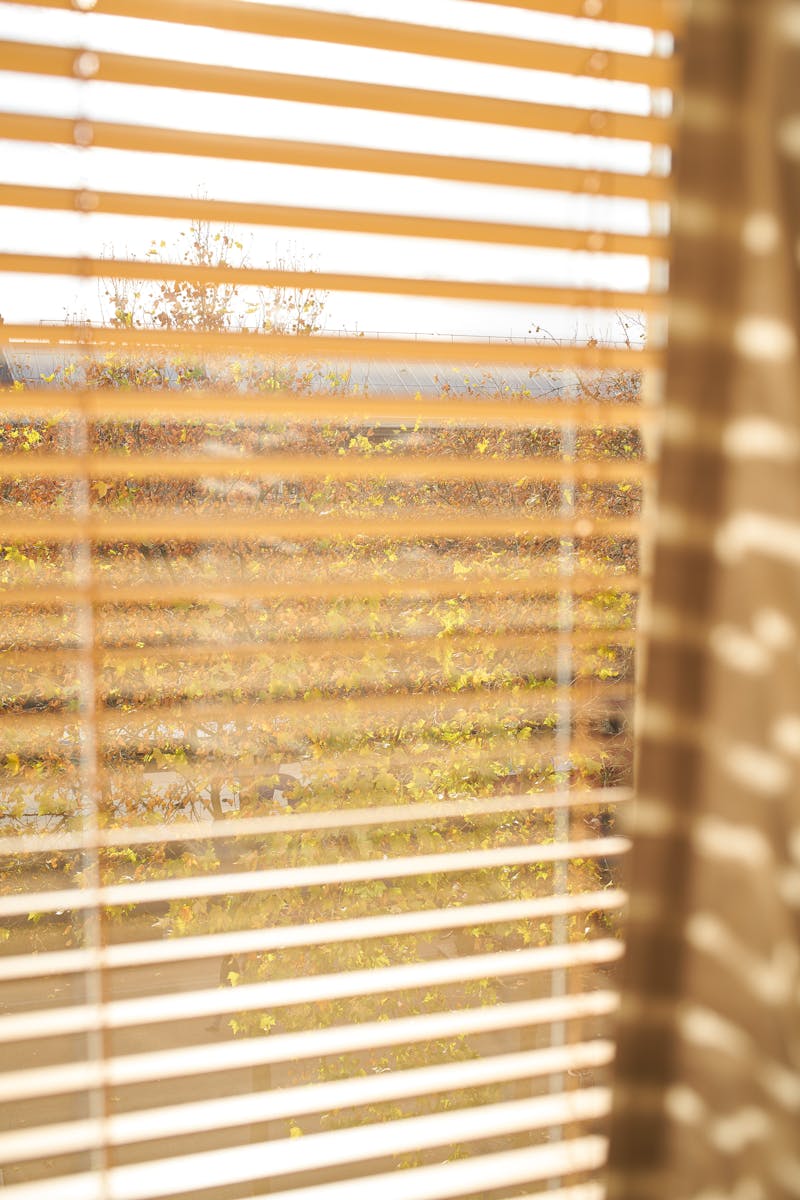Where do you go when the world suddenly seems like a dangerous place? When terrorists detonated bombs and opened fire in cafes, concert halls, and restaurants throughout Paris on November 13, 2015, professional photographers, many of whom were in the city for the annual Paris Photo art fair, took to the streets to document the damage, both physical and emotional. The AP’s Jerome Delay reached the sites of most of the attacks within hours, and the photographs he made of blood-spattered windows, armed security officials, and makeshift memorials present an atmosphere of tension and anguish. William Daniels went to Place de la République, in the center of the city, and over the course of a few days, photographed grieving faces, “some crying, some staring with their gaze lost, some embracing each other in search of consolation from their partner—all silent.” Magnum’s Alex Majoli made flash-heavy, black-and-white images of bullet holes and splashy newspaper headlines, a portrait of Paris CNN described as the “documentation of a nightmare” and which recall Weegee’s theatrical New York City crime scene photographs.
These images defined the attacks as the world saw them, which, in media accounts, were typically described as either apocalyptic or nightmarish. The images also mirrored how ISIS represented the attacks. After 11/13, the cover image of an issue of Dabiq, ISIS’ propaganda magazine, showed corpses in Paris surrounded by emergency officials with a simple headline: “Just Terror.” Inside the magazine, an article on the attacks was illustrated with a photo of a bloody survivor covered in a space blanket near the Bataclan concert hall. The photo, which was taken by Reuters’ Philippe Wojazer, also appeared in publications around the world. In captioning the image, the editors of Dabiq chose language disturbingly similar to that of many Western publications: “The nightmare in France has only begun.”
But a terror attack is much more than its material footprint. For those who aren’t victims or emergency responders—that is, most of us—terror attacks are assaults on the psyche, and their reach is far. Like an invisible fog, they sweep our phones and our televisions, they invade our conversations, they crowd our thoughts. The world around us looks the same, but it feels somehow different.
While photographers raced from scene to scene of mass murder in the city last year, British photographer Paul Graham stayed put in the apartment he’d been sharing with his partner, Senami D’Almeida, and their infant son, Marlow. Over the next few days, as a portrait of a fearful, besieged city emerged in newspapers and magazines around the world, he slowly, carefully began crafting another account, one in which the attacks are felt but not seen.

Graham’s new book, Paris 11-15th November, 2015, published by MACK this month, contains images that may seem, as far as newspapers and magazines are concerned, completely useless. If the book’s title were left out, viewers would have no way of knowing the photographs depict Paris in the aftermath of violent attacks. The images are mostly confined to a living room in the modest flat whose defining feature is a tall bookcase. Not only is there no sign of the outside world in these images, there’s barely any sign of life at all.
In a series of three nearly identical photos taken over time out a window covered with blinds, the sun moves gradually across the sky. In another set that focuses on a small patch of wood floor, the shadows cast on it sharpen in each subsequent image. Other photos capture the subtle changes in light as expressed on a couch, a curtain, and a door. Only in one photo do people appear. In it, D’Almeida sits on a chair in the shadowy room facing a window, a sliver of light falling on the young child clutched to her chest. This nurturing, protective gesture is the clearest signal that somewhere, something is amiss.

Longtime followers of Graham’s work won’t find his approach here particularly surprising. In his 1987 book, Troubled Land, which addresses the Troubles in Northern Ireland, Graham traveled the area photographing everyday landscapes in which any hint of the ongoing conflict was nebulous at best. “Where a photojournalist would get closer to the story and seek out the murals, the soldiers, young mothers pushing prams in front of barracks, men in balaclavas, Graham stood back. He photographed rural scenes, wide views of towns, pictures you have to delve into to find the subject, which is often a small speck of detail somewhere in the frame,” the BBC’s Phil Coomes observed. In his 2007 book, A Shimmer of Possibility, Graham presented a portrait of the United States through entirely unspectacular moments. One series of nine photos in the book, for instance, shows a man mowing a lawn. “Boredom is part of my work. I accept it and embrace it,” Graham once said. Indeed, in Paris 11-15th November, 2015, life in the time of terror is pointedly and undeniably boring. And that’s its strength.

Terrorism is designed to disrupt, and it succeeds in doing so when the impression persists that the place it targets can no longer go about its dull business as usual. After the Paris attack, news organization around the world informed readers that life in the city had stopped in its tracks— that it had become, as Time magazine put it, a “city gone still,” a place utterly preoccupied by the immediate suffering. But what’s striking about Graham’s book is how much it acknowledges, even celebrates, the passage of time. Here, the Earth spins on its axis, and the sun travels its daily path. Morning turns to night. One day becomes another. It is the quietest and most effective kind of artistic protest, one that greets mayhem with order, fear with the familiar.

There is stillness in these photos, but not the eerie kind born of trauma. It is, rather, the kind of quiet that one feels in the stability of home and family, surrounded by the permanence of old books rather than the frenetic changeability of headlines. Indeed, in Graham’s book, the ills of the world seem far away—because, in a way, they are far away. These photos may not be the only ones we need to show how terrorism is experienced, but our understanding would be woefully incomplete and inordinately dark without them.
